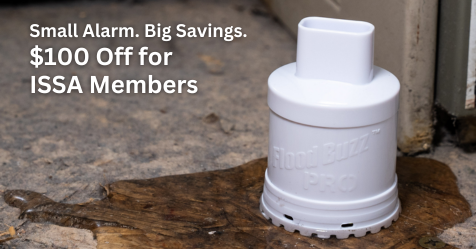Recurring Client Relationships Drive Cleaning Market Gains
Cleaning industry saw median revenue rise 8.1% year-over-year.
August 21, 2025
Despite elevated borrowing costs and cooling housing activity, Home Service businesses continue to demonstrate resilience, adapting through bundled offerings, value-driven services, and accelerated use of digital tools, according to Jobber’s latest Home Service Economic Report.
The industry saw mixed performance across segments, with a strong June helping offset slower results earlier in the quarter. The report showed:
- Cleaning: Residential and commercial cleaning, carpet cleaning, junk removal, and similar service businesses saw median revenue rise 8.1% year-over-year, fueled by recurring client relationships. New work scheduled declined 1.7% year-over-year, though, signs of recovery emerged as price-sensitive homeowners returned to reliable, routine services.
- Contracting: Arborists, electricians, handymen, HVAC technicians, plumbers, and other non-construction trades experienced a 1.5% dip in new work scheduled year-over-year as non-essential upgrades were deferred. Urgent repairs drove higher-value jobs, boosting median revenue 5.2% year over year and average invoice size up 6.8% year over year.
- Construction: Residential and commercial building and remodeling businesses saw early signs of a rebound, with median revenue climbing 6.3% year-over-year. New work scheduled grew 1.3% year-over-year, aided by mid-sized projects re-entering the pipeline despite high financing costs.
The edition combines data sourced from more than 300,000 residential cleaners, landscapers, HVAC technicians, electricians, and plumbers with external economic indicators to provide comprehensive insight into the trends shaping Home Service.

